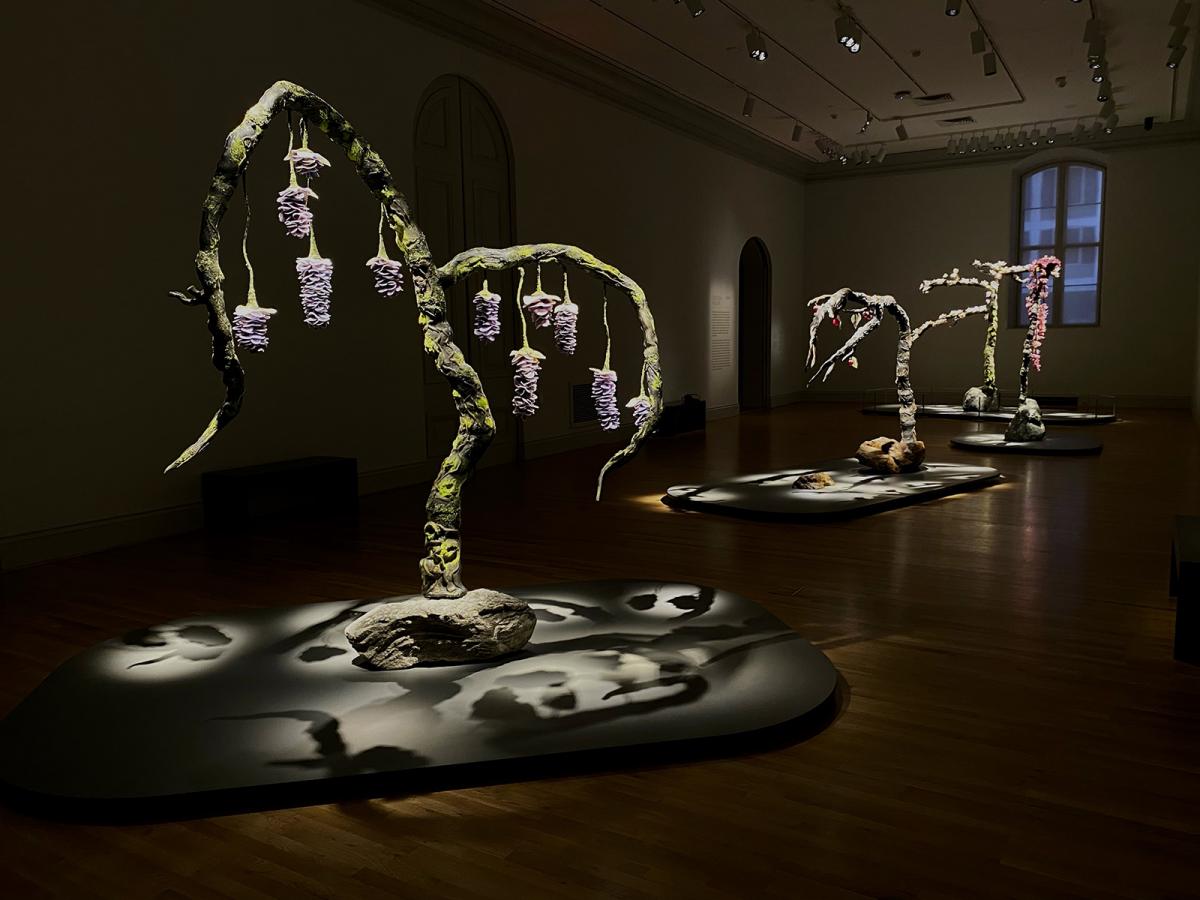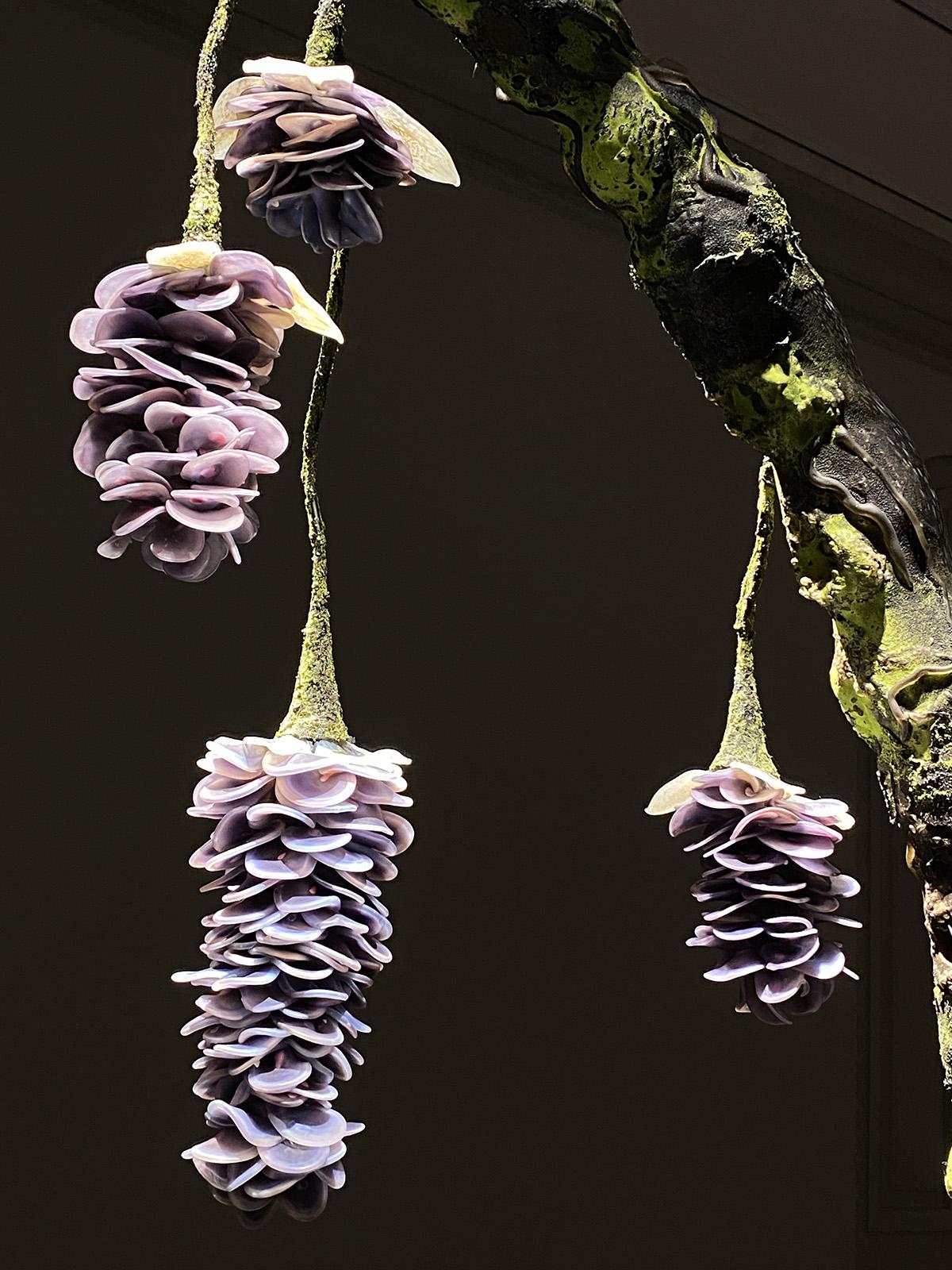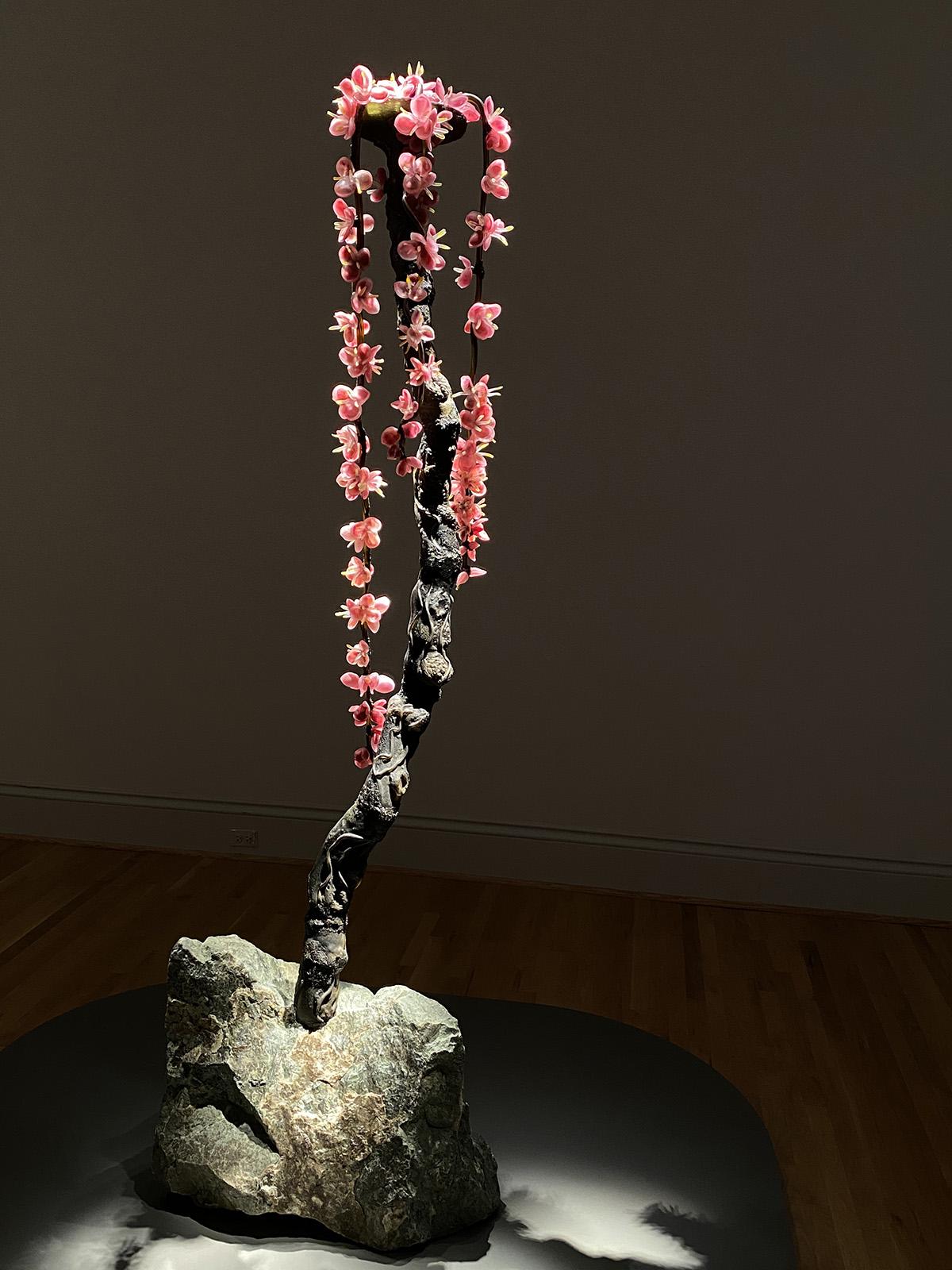As the end of winter draws near, I find myself daydreaming about trading in my parka for a sun hat and getting back outside for long walks exploring all that nature has to offer. Especially in today’s world which is full of so much uncertainty, turning to nature as a refuge and source of calm inspiration is welcomed.
The latest exhibition at SAAM’s Renwick Gallery (currently closed to the public temporarily due to the COVID-19 pandemic), Forces of Nature: Renwick Invitational 2020, celebrates that very concept of looking to nature to reexamine what it means to be human in such a chaotic world divorced from physical landscapes. The exhibition invites you to discover the wonders of nature through the artworks of four spectacular contemporary craft artists Lauren Fensterstock, Timothy Horn, Debora Moore, and Rowland Ricketts.
For someone craving warmer weather, I have found no artist’s work to better encapsulate the beauty of spring quite like the dazzling glass sculptures of Debora Moore.
Debora Moore has explored the expressive potential of flora and fauna through glass since the late 1980s. For years she mastered the craft of fabricating delicate sculptures of orchids in an array of colors and textures. She has traveled the world from Thailand to Turkey to Antarctica and immersed herself in nature to intimately study the world around us and gather inspiration for her sculptures. Moore, who lives in Seattle, is an integral figure in the storied glass community of the Pacific Northwest, home to the Pilchuck School of Glass. Moore began her study there in the 1990s and worked as a member of founder Dale Chihuly’s glassblowing team. A trailblazer in many ways, Moore was the first female and first African American resident at the storied Abate Zanetti on Murano, the Italian island that became a glass powerhouse starting in the thirteenth century.
Moore does not try to reproduce or replicate her natural subjects, but instead strives to capture the essence of the plant or flower she is studying. This is a feat she believes that can only be done by sitting with the plant or flower in its natural habitat and becoming inspired by its unique details, properties, and environment.
Forces of Nature: Renwick Invitational 2020 showcases Moore’s new tour de force series Aboria (2018). The series consists of towering sculptures of flowering trees, made almost exclusively of glass. This series is ten years in the making and began simply with sketches that Moore did during her global travels. Aboria is a great leap creatively for Moore and a departure in scale and complexity from the orchid sculptures that have been a hallmark of her career. One of her objectives in creating these life-size works was to provide observers with a 360-degree view of her work and the opportunity to enter the gallery, relax, and take in the essence and grandeur of her work “without thought or effort.”
The sculptures in this series are not only inspiring feats of creativity, but also displays of Moore’s superb craftsmanship.
With Wisteria, Moore spent weeks meticulously developing her technique for crafting the individual petals of each wisteria blossom hanging off the beautifully arched tree branches. Moore has impressed that working on this specific sculpture reminded her of the importance of perseverance and that with great resolve comes new and innovative techniques and approaches to problem-solving.
With Magnolia, Moore worked to defy gravity and cast an illusion for viewers with her beautifully adorned sculpture. The blossoms placed every which way on the tree’s branches are affixed with magnets so that they can appear as if they are floating before your very eyes.
With Cherry, Moore constructed and designed the draping vines of flowers similarly to how master artisans in Murano, the famed Venetian center for glass production (and the theme of an upcoming exhibition at SAAM) would create an Italian chandelier. Employing traditional techniques but reimagining them in a contemporary way is one of Moore's trademarks and is something she encourages all sculptors who work in glass to explore.
Want to discover more about Debora Moore’s gravity defying sculptures and groundbreaking career? Watch our virtual conversation between Moore and Stefano Catalani, Forces of Nature juror and executive director of the Gage Academy of Art in Seattle.






















